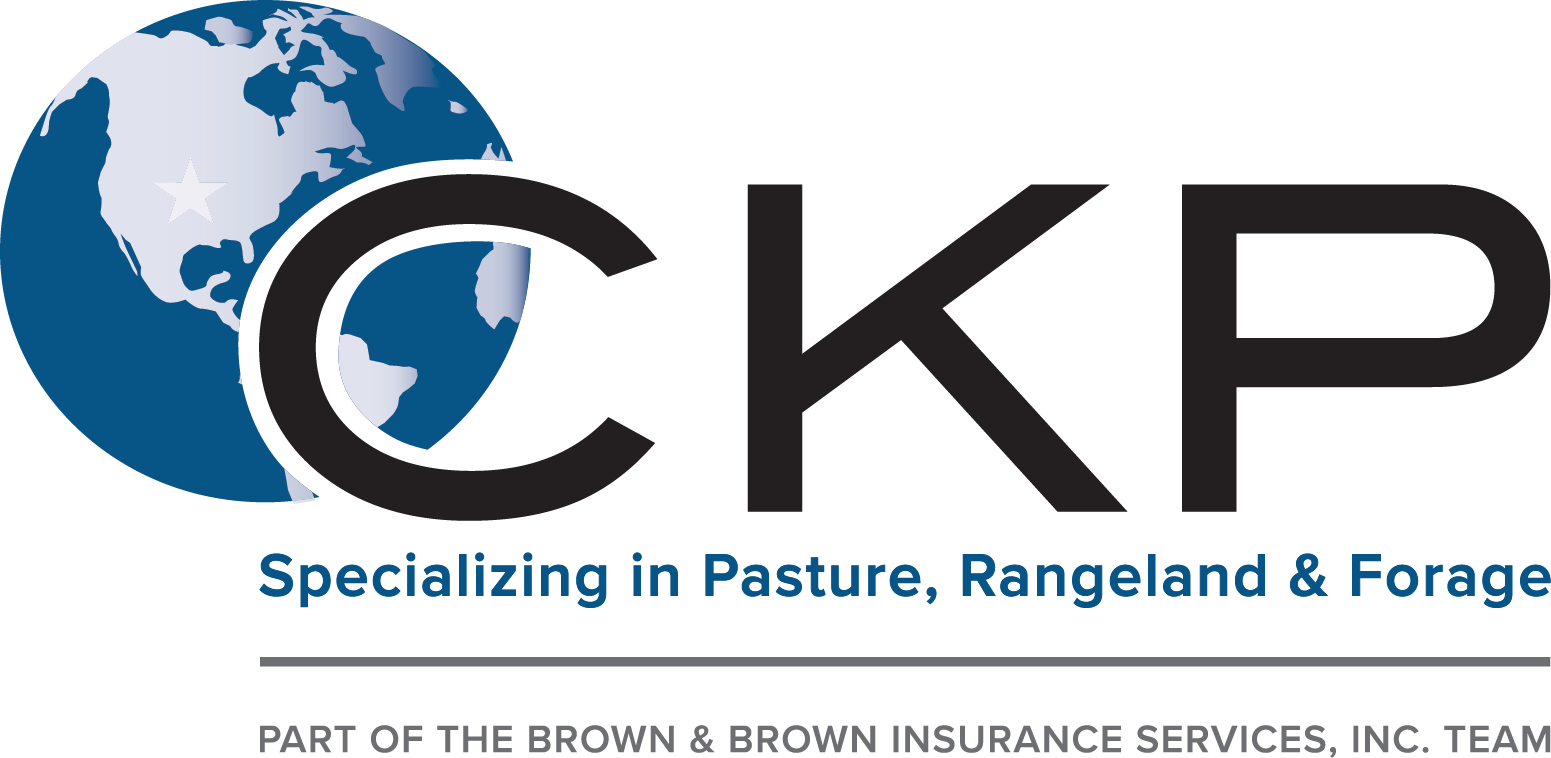A Biased View of Bagley Risk Management
A Biased View of Bagley Risk Management
Blog Article
Specialist Guidance on Risk Evaluation and LRP Insurance Coverage Solutions

The Importance of Danger Analysis
Reliable danger evaluation is essential in the decision-making process of any organization, guiding strategic planning and source appropriation. By methodically recognizing, examining, and prioritizing potential risks, companies can anticipate challenges, maximize opportunities, and make educated selections to accomplish their goals. Risk analysis enables organizations to proactively address susceptabilities, minimize dangers, and enhance their risk monitoring methods.
One of the vital advantages of risk analysis is its role in boosting operational efficiency. By recognizing the prospective risks that might impact numerous elements of business, companies can enhance processes, designate resources better, and reduce the probability of costly disturbances. Threat assessment allows business to comply with regulative requirements, protect their reputation, and develop trust fund with stakeholders.
Recognizing Possible Losses
To grasp the effect of danger assessment, it is important to comprehend the potential losses that might substantially influence a company's procedures and financial stability. Potential losses can emerge from various sources, including natural disasters, economic recessions, operational failures, governing changes, and cybersecurity violations. These losses can cause straight costs such as building damages, lawful expenditures, and penalties, along with indirect expenses like reputational damage and loss of market share.
Comprehending prospective losses includes conducting a detailed evaluation of the dangers that might emerge and estimating the monetary effect they may have on the company. By evaluating these prospective losses, services can prioritize risk mitigation initiatives and assign resources effectively. Moreover, a thorough understanding of possible losses allows organizations to make informed choices when picking danger administration approaches, such as acquiring insurance policy protection or carrying out risk control measures. Bagley Risk Management.
Basically, by identifying and comprehending potential losses, companies can proactively manage dangers and safeguard their long-lasting sustainability and success.
Role of LRP Insurance Policy Solutions
The integration of LRP insurance policy services within an organization's threat administration framework enhances resilience and strengthens financial stability versus unforeseen misfortunes. LRP, or Loss Recovery Product, insurance policy remedies play a vital role in minimizing the effect of possible losses by providing monetary protection and support in times of situation. These insurance services are customized to fulfill the specific requirements of companies, supplying protection for different threats such as home damages, organization interruption, liability insurance claims, and a lot more.
LRP insurance services assist companies browse tough scenarios by giving a safeguard that enables them to recuperate and recuperate from obstacles. By transferring the financial danger to an insurance policy supplier, organizations can concentrate on their core procedures with better tranquility of mind, recognizing that they are shielded against significant financial losses. Additionally, LRP insurance solutions can boost a company's threat monitoring method by supplementing existing danger reduction steps and ensuring comprehensive defense throughout all areas of potential susceptability - Bagley Risk Management. On the whole, the duty of LRP insurance coverage services contributes in securing services and promoting lasting sustainability.
Identifying Trick Dangers
In the procedure of danger analysis, a vital action includes see page recognizing crucial dangers that have the potential to affect a company's operations and economic stability. Determining key risks needs an extensive evaluation read review of outside and inner factors that might posture risks to the company's purposes. Internal threats may include functional inefficiencies, compliance problems, or human source challenges, while outside threats can encompass financial slumps, governing changes, or natural calamities.

In addition, vital risks must be on a regular basis reviewed and upgraded to align with the vibrant company setting. This proactive technique allows organizations to stay ahead of prospective dangers and guard their lasting success.
Selecting the Right Coverage
Having determined the essential dangers that might affect a company's procedures and monetary stability, the next critical action entails thoroughly selecting the right coverage to efficiently manage and mitigate these risks. When it comes to selecting the right coverage, organizations require to consider their details threat direct exposure, economic abilities, and calculated purposes. It is important to carry out a complete assessment of the available insurance choices you could try this out to ensure that the picked protection aligns with the company's danger management objectives.

Organizations must function carefully with knowledgeable insurance experts to analyze their risk accounts and recognize the most appropriate insurance coverage items to address their requirements. Customizing insurance coverage to certain threats can help optimize security while decreasing unnecessary expenses. In addition, companies should evaluate plan terms carefully to comprehend the degree of insurance coverage given and any potential exclusions that may impact their danger reduction methods.
Conclusion
In conclusion, threat evaluation is vital in determining prospective losses and picking the right LRP insurance options. Specialist assistance can assist navigate the complexities of threat analysis and insurance remedies, offering services with the needed tools to efficiently manage and alleviate risks.
Specialist assistance plays a pivotal function in this process, using valuable insights right into determining and assessing threats, as well as tactically picking suitable insurance policy coverage customized to mitigate those dangers properly. A detailed understanding of possible losses enables companies to make informed decisions when picking risk administration approaches, such as purchasing insurance protection or implementing danger control actions.

Report this page